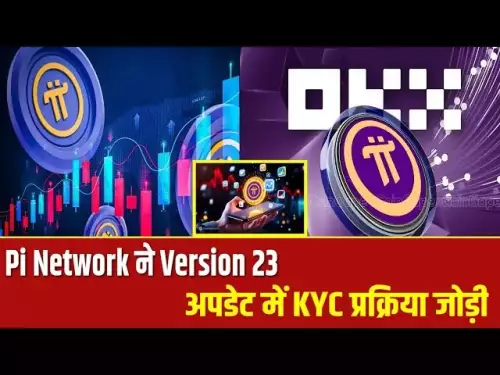-
 Bitcoin
Bitcoin $111100
0.71% -
 Ethereum
Ethereum $4298
0.48% -
 XRP
XRP $2.871
2.04% -
 Tether USDt
Tether USDt $0.0000
-0.03% -
 BNB
BNB $882.1
2.31% -
 Solana
Solana $206.1
2.72% -
 USDC
USDC $0.0000
0.03% -
 Dogecoin
Dogecoin $0.2271
5.03% -
 TRON
TRON $0.3306
5.37% -
 Cardano
Cardano $0.8324
1.53% -
 Hyperliquid
Hyperliquid $47.14
1.82% -
 Chainlink
Chainlink $22.37
0.43% -
 Ethena USDe
Ethena USDe $1.001
-0.02% -
 Sui
Sui $3.384
1.21% -
 Bitcoin Cash
Bitcoin Cash $603.7
1.48% -
 Stellar
Stellar $0.3596
0.61% -
 Avalanche
Avalanche $24.64
0.99% -
 Hedera
Hedera $0.2191
1.59% -
 Cronos
Cronos $0.2624
-1.85% -
 UNUS SED LEO
UNUS SED LEO $9.538
-0.40% -
 Litecoin
Litecoin $114.5
1.93% -
 Toncoin
Toncoin $3.093
0.82% -
 Shiba Inu
Shiba Inu $0.00001243
1.15% -
 Polkadot
Polkadot $3.986
4.13% -
 Uniswap
Uniswap $9.362
0.15% -
 World Liberty Financial
World Liberty Financial $0.2255
4.47% -
 Dai
Dai $0.9998
-0.01% -
 Ethena
Ethena $0.7402
0.63% -
 Monero
Monero $271.3
0.62% -
 Aave
Aave $300.7
0.53%
How to deal with a liquidation event?
A liquidation occurs when a trader’s margin falls below maintenance levels, triggering automatic position closure to limit risk in volatile crypto markets.
Sep 08, 2025 at 12:00 am
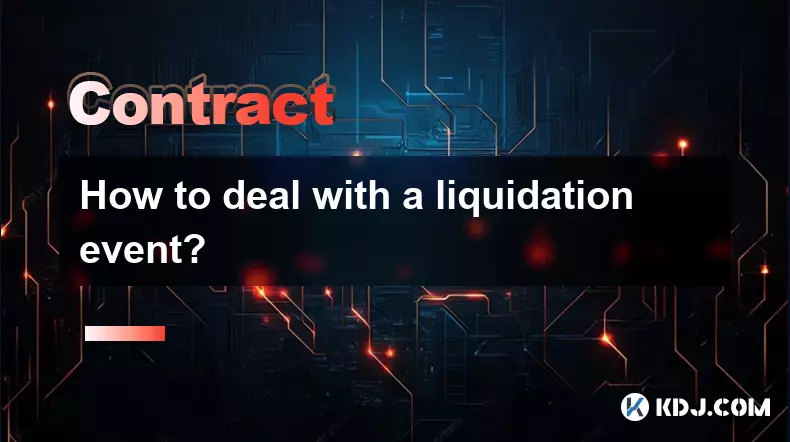
Understanding Liquidation in the Crypto Market
1. A liquidation event occurs when a trader’s margin balance falls below the required maintenance level, leading to the automatic closure of their leveraged position by the exchange or lending platform. This mechanism protects lenders and maintains system stability in decentralized and centralized finance systems. When prices move sharply against a leveraged position, especially in volatile markets like cryptocurrency, the risk of liquidation increases significantly.
2. Most crypto derivatives platforms use a combination of maintenance margin ratios and liquidation prices to determine when a position should be closed. Traders can monitor their liquidation price through the platform interface. If the market price reaches that level, the position is forcibly closed, often at a loss, and a liquidation fee may be charged.
3. Liquidations are more common in high-leverage trading environments. For example, a 10x or 50x leverage amplifies both gains and losses. A relatively small price movement can trigger liquidation if the position lacks sufficient collateral. This is particularly dangerous during flash crashes or sudden news-driven market swings.
4. In decentralized finance (DeFi), liquidations also occur in lending protocols like Aave or Compound. If a borrower’s collateral value drops below a certain threshold, third-party liquidators can repay part of the debt and claim a portion of the collateral at a discount. This incentivizes rapid responses to undercollateralized positions.
Immediate Actions During a Liquidation Event
1. Stay calm and assess the situation immediately. Check your position status on the exchange dashboard. Confirm whether the liquidation has already occurred or if the position is still active but under threat. Panic can lead to poor decisions, such as closing positions at the worst possible moment.
2. If the position hasn’t been fully liquidated, consider adding more collateral to increase your margin ratio. Some platforms allow users to deposit additional funds to avoid triggering the liquidation process. This option is only viable if the market movement is not too rapid and the platform supports dynamic margin adjustments.
3. Review your leverage settings. High leverage might have contributed to the vulnerability. After the event, reduce leverage on future trades to minimize the chance of recurrence. Many experienced traders recommend using 3x to 5x leverage at most, even in highly volatile markets.
4. Analyze the price action that led to the liquidation. Was it due to a sudden macroeconomic announcement, a whale movement, or technical breakdown? Understanding the cause helps refine risk management strategies and avoid repeating the same mistakes.
Risk Management Strategies to Prevent Future Liquidations
1. Always set stop-loss orders when opening leveraged positions. While stop-losses don’t prevent liquidation directly, they allow traders to exit before reaching critical levels. Use them in conjunction with take-profit orders to maintain a disciplined trading approach.
2. Diversify across different assets and avoid over-concentration in a single trade. Putting a large portion of capital into one leveraged bet increases systemic risk. Spreading exposure reduces the impact of a single liquidation event on the overall portfolio.
3. Monitor funding rates in perpetual futures markets. High positive or negative funding rates can indicate over-leveraged long or short positions across the market, increasing the likelihood of cascading liquidations. Adjust your strategy accordingly when funding rates spike.
4. Use conservative position sizing. Allocate only a small percentage of your total capital to any single leveraged trade. This limits potential damage and provides breathing room during market volatility.
Post-Liquidation Analysis and Recovery
1. Document the trade details, including entry price, leverage used, liquidation price, and market conditions. This record becomes a valuable learning tool. Identify whether the liquidation resulted from poor planning, emotional trading, or external shocks beyond control.
2. Adjust your trading plan based on the insights gained. Incorporate tighter risk controls, lower leverage, or wider stop-loss buffers. Some traders adopt a “no leverage” rule for certain market phases, especially during high uncertainty.
3. Rebuild capital gradually. Avoid the temptation to jump back into large leveraged trades immediately after a loss. Emotional recovery is as important as financial recovery. Focus on small, well-researched trades to regain confidence.
4. Engage with trading communities or mentors to discuss the experience. Many experienced traders have faced similar setbacks. Learning from others’ strategies to manage risk can provide practical, real-world solutions.
Frequently Asked Questions
What is a liquidation penalty?A liquidation penalty is a fee charged by exchanges or DeFi protocols when a leveraged position is closed due to insufficient margin. This fee compensates the platform or liquidators and is typically deducted from the remaining collateral.
Can I avoid liquidation entirely?While it's impossible to eliminate the risk completely in leveraged trading, using low leverage, maintaining excess collateral, and setting protective orders can drastically reduce the chances of being liquidated.
Do all crypto exchanges handle liquidation the same way?No. Different platforms use varying liquidation models, including partial liquidation, full liquidation, and auction-based systems. Some offer insurance funds to cover deep losses, while others rely on peer-to-peer liquidation mechanisms.
What happens to my collateral after liquidation?In most cases, the platform sells part or all of your collateral to cover the debt. Any remaining funds may be returned to your account, minus fees. In DeFi protocols, liquidators buy the collateral at a discount, and the rest is settled automatically through smart contracts.
Disclaimer:info@kdj.com
The information provided is not trading advice. kdj.com does not assume any responsibility for any investments made based on the information provided in this article. Cryptocurrencies are highly volatile and it is highly recommended that you invest with caution after thorough research!
If you believe that the content used on this website infringes your copyright, please contact us immediately (info@kdj.com) and we will delete it promptly.
- Bitcoin Core, Censorship Resistance, and Open Letters: A New York Minute on the Crypto Tug-of-War
- 2025-09-08 08:25:11
- Solana Price Soars: ETF Catalyst and Retail Flow Ignite SOL Rally
- 2025-09-08 06:25:13
- Bitcoin, Ethereum, and Token Performance: Can They Outpace FAANG?
- 2025-09-08 07:05:12
- Bitcoin Cash Soars as Ethereum Stumbles: A Crypto Market Rollercoaster
- 2025-09-08 07:25:14
- Hedera Hashgraph: Bullish Potential Brewing Amid Consolidation?
- 2025-09-08 07:10:12
- Crypto Investors Eye Layer Brett: The 'New Pepe' with Real Utility?
- 2025-09-08 07:30:12
Related knowledge
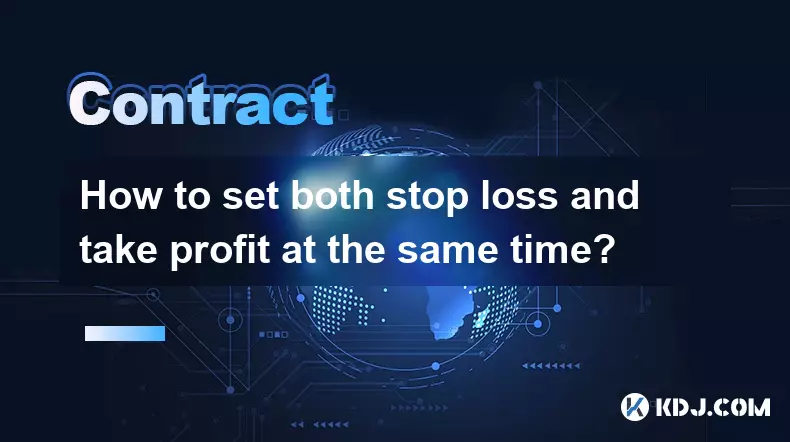
How to set both stop loss and take profit at the same time?
Sep 06,2025 at 04:36pm
Understanding Simultaneous Stop Loss and Take Profit Orders1. Placing both stop loss and take profit orders at the same time is a standard practice in...

What is copy trading for crypto futures?
Sep 07,2025 at 02:00am
What Is Copy Trading in Crypto Futures?1. Copy trading in crypto futures allows investors to automatically replicate the trades of experienced traders...
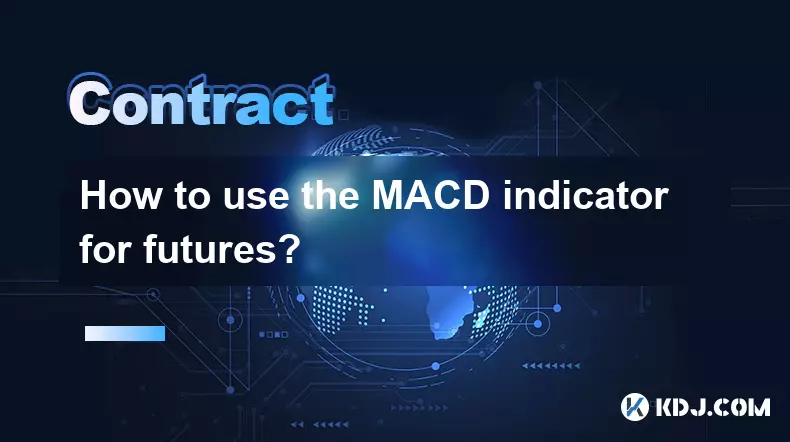
How to use the MACD indicator for futures?
Sep 07,2025 at 09:00pm
Understanding the MACD Indicator in Futures Trading1. The MACD (Moving Average Convergence Divergence) indicator is a momentum oscillator widely used ...

What to do if you are about to be liquidated?
Sep 06,2025 at 01:00am
Understanding Liquidation in the Crypto Market1. Liquidation occurs when a trader’s margin balance falls below the required maintenance margin, forcin...
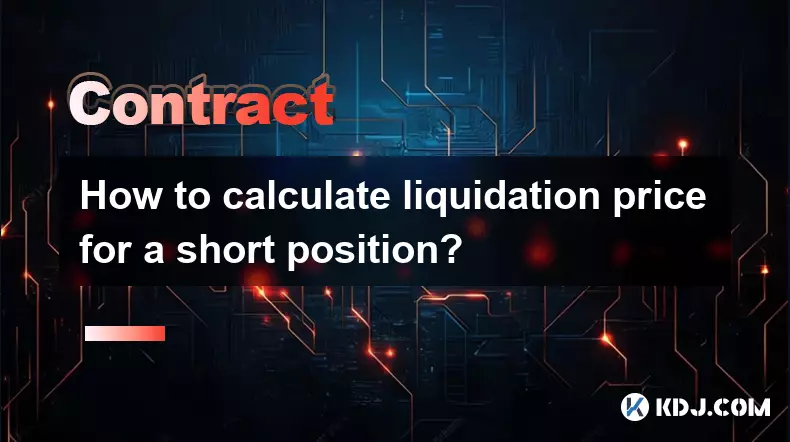
How to calculate liquidation price for a short position?
Sep 08,2025 at 03:54am
Understanding the Basics of Short Position Liquidation1. A short position in the cryptocurrency market involves borrowing an asset and selling it imme...
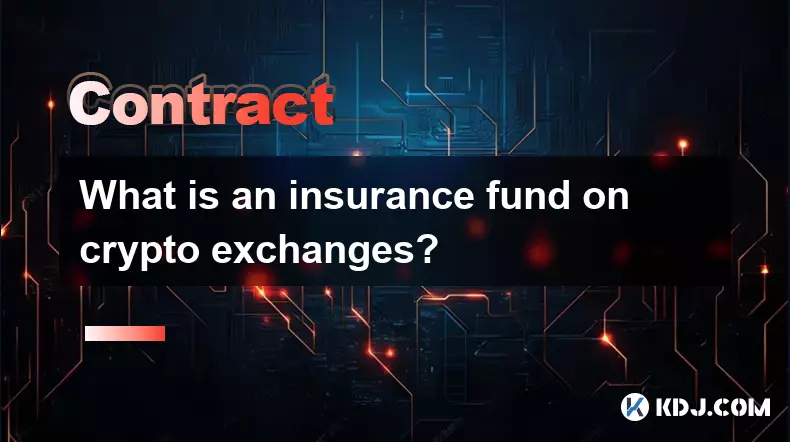
What is an insurance fund on crypto exchanges?
Sep 06,2025 at 03:36pm
Understanding the Role of Decentralized Exchanges in Modern Cryptocurrency Trading1. Decentralized exchanges (DEXs) have emerged as a cornerstone of t...

How to set both stop loss and take profit at the same time?
Sep 06,2025 at 04:36pm
Understanding Simultaneous Stop Loss and Take Profit Orders1. Placing both stop loss and take profit orders at the same time is a standard practice in...

What is copy trading for crypto futures?
Sep 07,2025 at 02:00am
What Is Copy Trading in Crypto Futures?1. Copy trading in crypto futures allows investors to automatically replicate the trades of experienced traders...

How to use the MACD indicator for futures?
Sep 07,2025 at 09:00pm
Understanding the MACD Indicator in Futures Trading1. The MACD (Moving Average Convergence Divergence) indicator is a momentum oscillator widely used ...

What to do if you are about to be liquidated?
Sep 06,2025 at 01:00am
Understanding Liquidation in the Crypto Market1. Liquidation occurs when a trader’s margin balance falls below the required maintenance margin, forcin...

How to calculate liquidation price for a short position?
Sep 08,2025 at 03:54am
Understanding the Basics of Short Position Liquidation1. A short position in the cryptocurrency market involves borrowing an asset and selling it imme...

What is an insurance fund on crypto exchanges?
Sep 06,2025 at 03:36pm
Understanding the Role of Decentralized Exchanges in Modern Cryptocurrency Trading1. Decentralized exchanges (DEXs) have emerged as a cornerstone of t...
See all articles


























